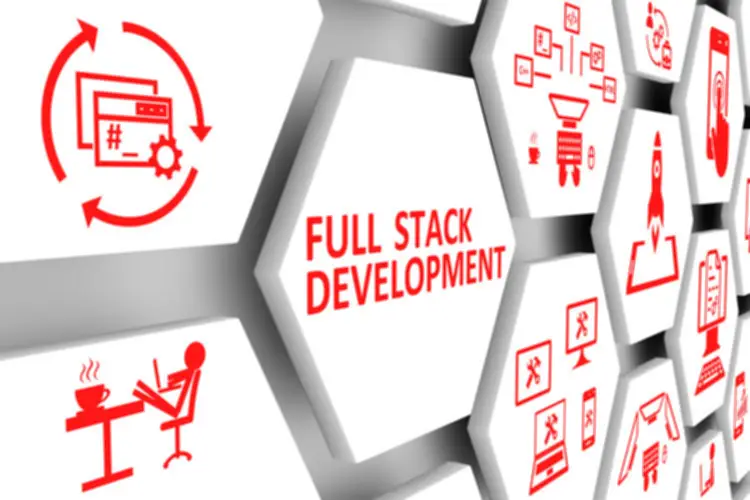Your cart is currently empty!
Customized Kind Instruments What You Have To Know
The biggest difference here is that the first function only requires one enter, while the second requires multiple. Many agents solely work with functions that require single inputs, so it is definition of custom tool essential to know tips on how to work with those. For the most half, defining these customized tools is identical, however there are some differences.
Support Pydantic @field Properties In Custom Device Definitions
This article will information you step by step by way of https://www.globalcloudteam.com/ the way to construct a customized software & add your software to the SuperAGI. Custom instruments can be accessed by way of the right-click context menu within the UI. All users with permission to access topologies can access the instruments, but solely directors with permission to manage topology instruments can customise them. With this added to the unique prompt textual content, we create a new immediate using agent.agent.create_prompt — this can create the proper prompt construction for our agent, together with tool descriptions. Tools you create are referred to as custom instruments and turn out to be an integral part of geoprocessing, just like system tools.

Put The Tool Into Galaxy’s Instruments Directory
When using an agent or LLM with operate calling, the device selected (and the arguments written for that tool) rely strongly on the software name and outline of the instruments purpose and arguments. Spending time tuning these parameters can lead to larges changes in how the LLM calls these instruments. You can access details about the supply properties of any relationship or standing that the customized software is appearing upon by way of the asmSourceProperties JavaScript object. Your device implementation can entry the properties of the relevant useful resource, relationship, or status by way of the asmProperties JavaScript object, which incorporates all the properties. The BaseTool is the basic base class, with simply the functionality required to operate within the Cornerstone Tools framework. This is the bottom class to decide on if the Tool you wish to create won’t have its own annotation knowledge (.e.g MagnifyTool), or solely interacts with a different Tool’s knowledge (e.g. FreehandRoiSculptorTool).
Constructing Your Own Customized Tool In Superagi: A Step-by-step Information
The custom instruments can then be used for any milling or drilling operations that support the device category in which the software is made. The major difference is that the first operate only requires one enter, whereas the second requires multiple inputs. Many agents work only with features that require single inputs, so it’s essential to know how to deal with these. While the overall means of defining these custom tools is comparable, there are some key differences.
Step 4: Defining Your Tool Class
CrewAI instruments empower brokers with capabilities starting from internet looking out and data analysis to collaboration and delegating tasks amongst coworkers. This documentation outlines the way to create, combine, and leverage these instruments inside the CrewAI framework, including a brand new focus on collaboration instruments. This concludes our step-by-step information to building your own custom tool in SuperAGI. Add your GitHub repository link to SuperAGI’s front finish by clicking on the “add custom tool” button at home or navigating to the toolkits section. You can entry the surroundings variables utilizing the get_tool_config methodology inherited from BaseTool. You can export the instruments you’ve got defined to an XML file that different P4V customers canimport.
Build And Share The Software Package#
Defining a set of Tools is much like defining any API interface, with the exception that these Tools are meant for agent quite than human use. We enable users to outline each a Tool as nicely as a ToolSpec containing a series of capabilities beneath the hood. In addition, you’ll find a way to access the properties of the useful resource for which you’re intending to make use of a status device by using the asmSourceProperties object when scripting the status device. The @tool decorator offers a fast and simple method to create a Custom Tool from a function.

Tips On How To Create And Implement Customized Instruments In Langchain
In this example we have created the software definition file toolExample.xml within the tools/myTools listing. Creating a device will return a ToolModel object which incorporates the source code, JSON schema, tool_id, and gear name. If you find it useful, you can follow this steerage to make it a tool bundle. This will allow you to conveniently reuse it, share it with your staff, or distribute it to anybody on the earth.
- Once you have created your individual toolbox, you presumably can create a model software or create a script tool within the toolbox.
- This tool has been examined outside of Galaxy and features as anticipated.
- By default, the tool name will be the operate name, and the docstring would be the software description.
- As these models become extra advanced, the necessity to harness their full potential through customization and integration with numerous instruments becomes paramount.
- New menus are added above the selected existingmenu or as the first menu if you select the Main Menus subgroup.
Features Using Environment Variables & Secrets

In this particular case, utility instruments help to summary away common patterns of needing to cache/index and question knowledge that’s returned from any API request. You can access details about the goal properties of relationships that the custom tool is appearing upon trough the asmTargetProperties JavaScript object. Currently the only method to obtain this is to explicitly outline the args and their descriptions/requirements in the tool’s docstring, which is not perfect. In our easy examples, we noticed the standard construction of LangChain instruments earlier than moving on to including expert models as tools, with our agent as the controller of these fashions. In most situations, we’d probably wish to do something extra powerful — so let’s give that a go.

Confirm that the software YAML recordsdata are included in your customized software package. For more information on how to create customized tools and configure them, please discuss with the Tool Configuration Guide. If built-in instruments don’t meet your needs, you’ll have the ability to create customized instruments within the Dify menu navigation — Tools part. This tool turns any present LlamaIndex information loader ( BaseReader class) right into a software that an agent can use. The device could be called with all the parameters needed to trigger load_data from the information loader, together with a pure language query string. During execution, we first load knowledge from the information loader, index it (for occasion with a vector store), and then query it “on-demand”.

Subclassing from the BaseTool class allows you to prolong the tool’s performance and customize its behaviour according to your requirements. Please notice that only raising a ToolException won’t be efficient. Versions may be configured within the international configurations and then used to put in specific variations of tools in Jenkins jobs. Using this plugin, you can define a script (or only a URL) for putting in a tool utilizing standard Jenkins Tool Installers. Plugins like Extra Tool Installers can be also used in this plugin.
System instruments (those installed with ArcGIS) are designed to perform one small however essential operation on geographic data. Using ModelBuilder or Python, you execute these tools in a sequence, feeding the output of one software to the enter of one other. The mannequin or script you create may be an essential a half of your workflow—a task you have to repeat many times.

Leave a Reply